Looking to land the elusive “climate job”? You might already have it.
When I graduated from college less than a decade ago, there seemed to be only two paths for people interested in fighting climate change full-time: science or policy.
When I graduated from college less than a decade ago, there seemed to be only two paths for people interested in fighting climate change full-time: science or policy.
On a sunny fall afternoon, an intergenerational group of dozens of Latine community members descended upon Bregamos Community Theater for Mic at the Mill, a bilingual storytelling event organized by Drawdown’s Neighborhood interviewee and community leader Xóchitl Garcia as part of Save the Sound’s Urban Waters Initiative, in partnership with Women Without Borders, Semilla Collective, and Project Drawdown’s storytelling program.
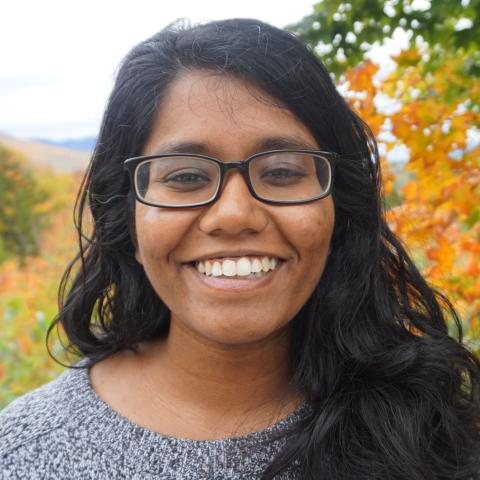

Aishwarya Venkat , Ph.D., is a geospatial analyst and food systems researcher with interdisciplinary expertise in the climate-food-health nexus. She is particularly interested in climate resilience and food security in coupled human and natural systems. At Project Drawdown her work focuses on climate solutions related to land use change and sustainable diets. Aishwarya recently earned her doctorate from the Friedman School of Nutrition Science and Policy at Tufts University with a dissertation on extreme weather event impacts on food systems. Her prior work focused on contextualizing seasonal trends in acute malnutrition in arid and semi-arid regions, as well as improving global monitoring of diet costs and affordability. She holds a master’s degree in environmental and water resources engineering from Tufts and a bachelor's degree in biosystems engineering from Virginia Tech.

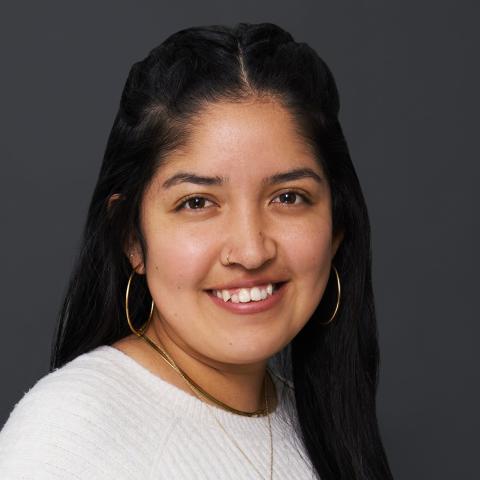

Erika is an interdisciplinary researcher working to create more sustainable and inclusive food systems. She has studied sustainable agricultural systems, sustainability standards, food security, and intersection with gender issues, among others. Erika seeks to understand local environmental problems from a global perspective, how systems are interrelated, and social and economic implications. She has worked as a policy analyst for the International Institute for Sustainable Development (IISD) and in research assistant positions at several universities. In addition, she worked for the Food and Agriculture Organization of the United Nations, Mexico, on developing a farmers' market. She holds a master of science degree in resources, environment, and sustainability from the University of British Columbia and a bachelor of science in earth and environmental sciences from the Universidad Nacional Autónoma de México.
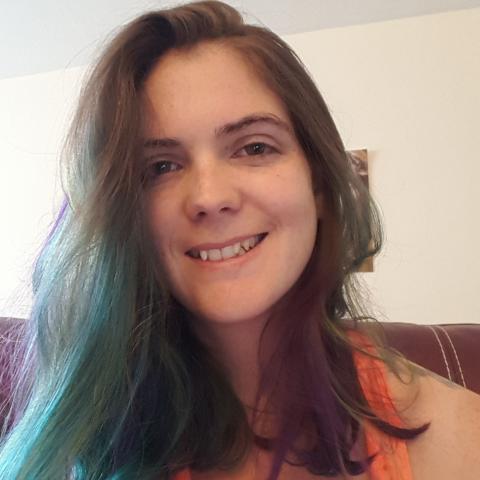

Megan Matthews, Ph.D., is an interdisciplinary researcher interested in using data and outreach to promote sustainability, food equity, and environmental justice through the lens of agroecology. At Project Drawdown, her work focuses on climate solutions in the electricity and food & agriculture sectors. Megan earned her Ph.D. in physics from the Georgia Institute of Technology studying the aerodynamics of plant-pollinator interactions before joining the Institute for Local Self-Reliance as a research fellow supporting the Composting for Community Initiative. In her free time, Megan enjoys baking, volunteering at community gardens, and frequenting outdoor festivals and markets.

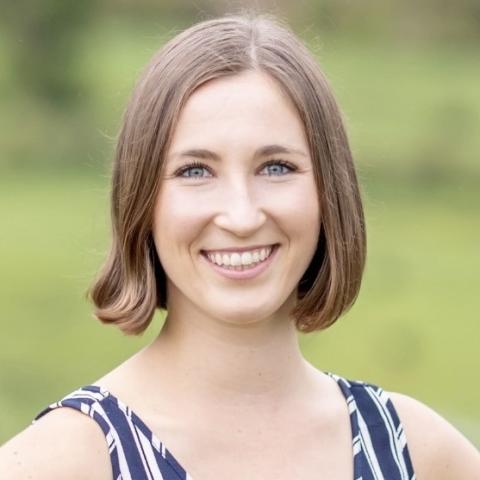

Avery Driscoll is an ecologist who studies the interactions between agricultural systems and climate change. She is particularly interested in ways that we can adapt to changing growing conditions while also reducing the environmental impacts of agriculture. Avery is currently a Ph.D. candidate and a National Science Foundation Graduate Research Fellow at Colorado State University, where she works on quantifying greenhouse gas emissions and productivity benefits from irrigation at the national scale. Previously, she worked at the University of Utah studying desert plant ecophysiology. Her work at Project Drawdown focuses on climate solutions related to agricultural management and ecosystem protection.

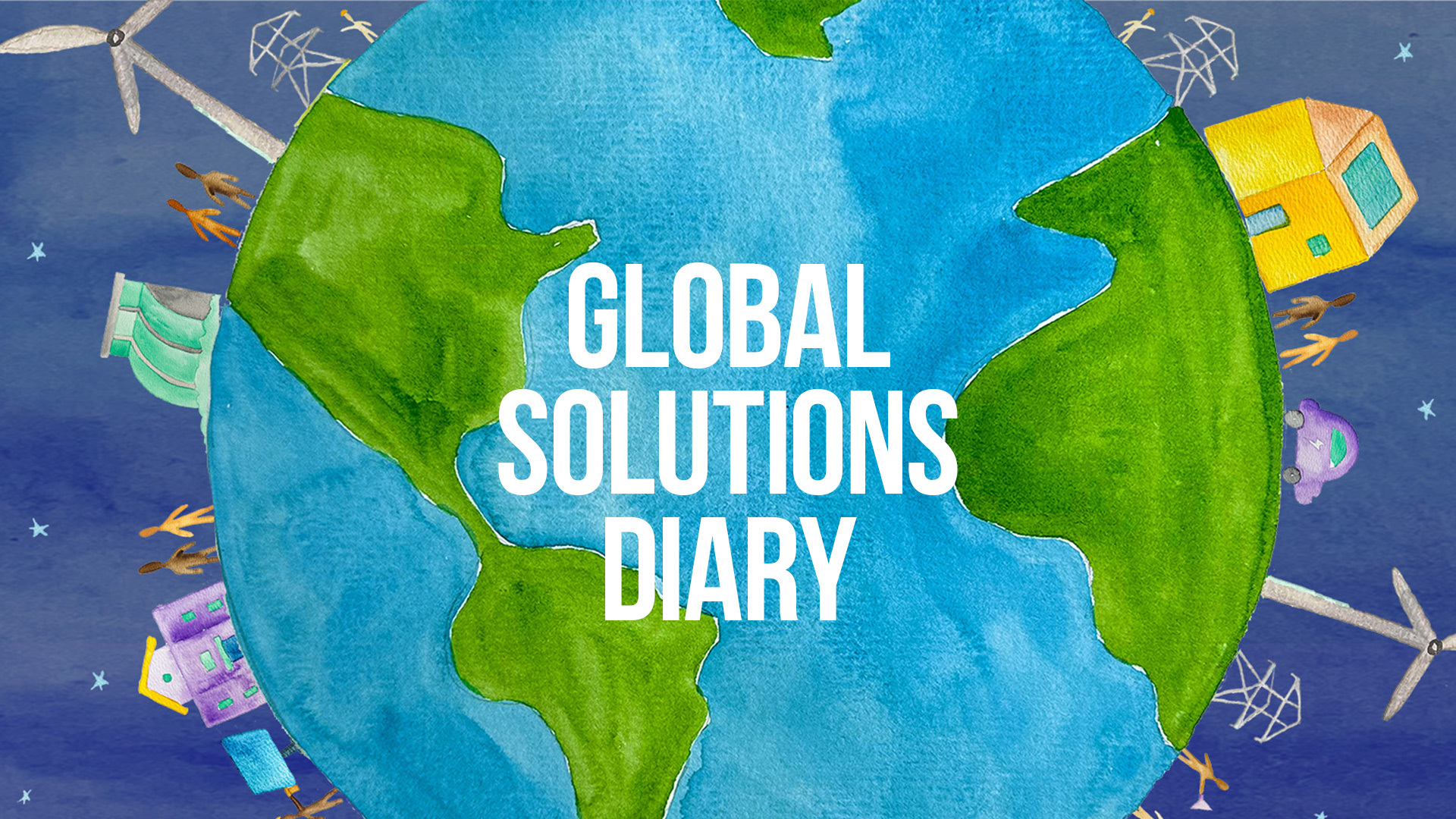
Today, Project Drawdown is launching the Global Solutions Diary, a community-generated video library where people around the world can upload, view, and share stories of climate action. There are already nearly 100 stories from people representing over 25 countries on the platform with more being added every month.
“When it comes to climate change, we often only hear traditional voices sharing doom and gloom narratives,” says Project Drawdown Director of Storytelling and Engagement Matt Scott, who will be hosting a webinar about the Global Solutions Diary on September 18 at 1 pm ET. “But each and every day there are unsung people doing their part to contribute to solutions. The Global Solutions Diary is a way to elevate those stories to inspire hope and action.”
As the founder of Drawdown’s Neighborhood, Project Drawdown’s short documentary series passing the mic to underrepresented climate heroes, Matt has long shown the power that stories have to shape our perceptions around the climate crisis and who is working to address it. The Global Solutions Diary seeks to empower anyone – no matter who they are or where they live – to share their own status-quo-shattering stories.
“Stories are an essential part of how we make sense of the world,” says Project Drawdown Executive Director Jonathan Foley, Ph.D. “By democratizing climate storytelling, the Global Solutions Diary allows everyone, including those who are too often portrayed solely as victims of climate change, to see themselves as part of the solution.”
Stories featured in the Global Solutions Diary are searchable by location and by sector. Visitors are encouraged to share videos they find particularly inspiring, submit their own stories, or invite others in their network to participate.
To learn more about the Global Solutions Diary, visit www.drawdown.org/diary and register here for Matt’s upcoming webinar.
Join the 85,000+ subscribers discovering how to drive meaningful climate action around the world! Every other week, you'll get expert insights, cutting-edge research, and inspiring stories.